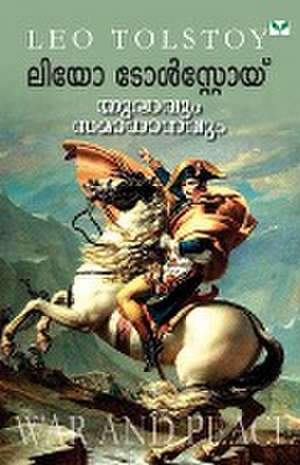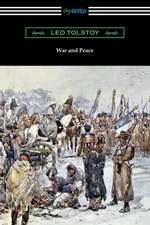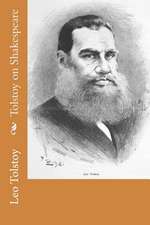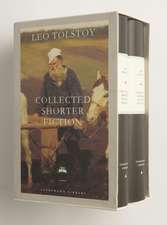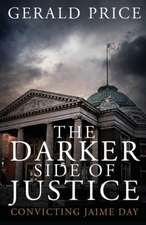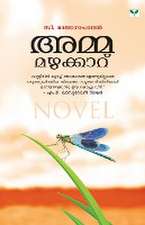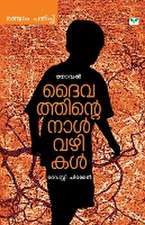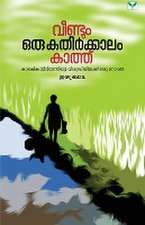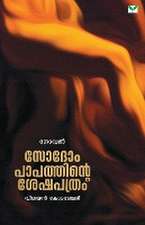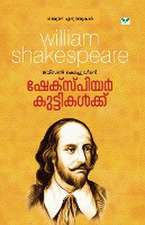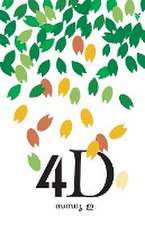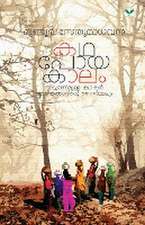Leo Tolstoy
Autor Leo TolstoyPaperback – dec 2004
inquiry on man-woman relationships. This renowned book was the cause of major disturbances in socio-cultural circles. The book was banned both in America and Russia. US President Roosevelt described Tolstoy as a perverted sex-maniac, and promoter of false moral values. But this creation by Tolstoy - a visionary familiar with all facest of human life - is celebrated all over the world through plays, paintings and so on..
| Toate formatele și edițiile | Preț | Express |
|---|---|---|
| Paperback (3) | 81.60 lei 6-8 săpt. | |
| Green Books Publisher – mai 2013 | 81.60 lei 6-8 săpt. | |
| Green Books Publisher – apr 2013 | 89.37 lei 6-8 săpt. | |
| Green Books Publisher – dec 2004 | 139.73 lei 6-8 săpt. |
Preț: 139.73 lei
Nou
Puncte Express: 210
Preț estimativ în valută:
26.74€ • 27.92$ • 22.13£
26.74€ • 27.92$ • 22.13£
Carte tipărită la comandă
Livrare economică 04-18 aprilie
Preluare comenzi: 021 569.72.76
Specificații
ISBN-13: 9788188582471
ISBN-10: 8188582476
Pagini: 294
Dimensiuni: 140 x 216 x 16 mm
Greutate: 0.37 kg
Editura: Green Books Publisher
ISBN-10: 8188582476
Pagini: 294
Dimensiuni: 140 x 216 x 16 mm
Greutate: 0.37 kg
Editura: Green Books Publisher
Notă biografică
The novel is set 60 years before Tolstoy's day, but he had spoken with people who lived through the 1812 French invasion of Russia. He read all the standard histories available in Russian and French about the Napoleonic Wars and had read letters, journals, autobiographies and biographies of Napoleon and other key players of that era. There are approximately 160 real persons named or referred to in War and Peace. He worked from primary source materials (interviews and other documents), as well as from history books, philosophy texts and other historical novels. Tolstoy also used a great deal of his own experience in the Crimean War to bring vivid detail and first-hand accounts of how the Russian army was structured. Tolstoy was critical of standard history, especially military history, in War and Peace. He explains at the start of the novel's third volume his own views on how history ought to be written. His aim was to blur the line between fiction and history, to get closer to the truth, as he states in Volume ii.
